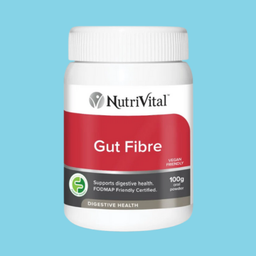We often refer to this herb simply as ‘arnica’ but the full botanical name is arnica montana. It belongs to the family of plants called Asteraceae/Compositae. The flower heads are the parts used medicinally and the key active constituent, sesquiterpene lactones, produce an anti-inflammatory and analgesic effect.
When trauma occurs within the body its natural defence is to create inflammation which, although painful, is part of the healing process. A typical pharmaceutical line of attack would be to use anti-inflammatory medication to help deal with inflammation and pain, possibly in conjunction with pain killing medication. While anti-inflammatory medication has both pain killing response and reduces inflammation, medication for pain acts on the brain to deceive us into not feeling it, but actually does little to help with healing.
Arnica, on the other hand, is believed to assist the body in dealing with and eventually recovering from the trauma naturally. Arnica also helps to disperse trapped fluid from joints and muscles, assisting with reduction of swelling, while the anti-inflammatory and anti-bacterial qualities it possesses assist in the healing process.
Why you may need arnica?
Primary uses: Bumps, bruises, sprains, swellings, backache and other muscular aches and pains – arnica is used topically for any physical trauma. It is a very handy cream to have in you first aid kit. Arnica speeds up healing time by reducing inflammation and bruising.
In trials using rugby players and children to assess the effectiveness of remedies on bruises, an assortment of treatments were administered. Among the remedies were sports compresses, antioxidant injections, painkillers, vitamins and arnica which was taken orally, as well as applied topically. Arnica proved to be among the most effective options in most cases. Applied topically it is said to have worked well on minimising bruising and swelling, while orally it also helped the patient cope with shock.
It is not unusual for athletes to use some form of arnica to help recover from muscle strain and speed recovery after working out.
While it has been around a long time, arnica’s uses are still being unveiled and it is becoming increasingly popular as a postsurgical treatment. Used in everything from dental work to childbirth, arnica’s therapeutic properties are thought to be valuable in helping the body to cope with the trauma of surgery, as well as to reduce post-operative pain, swelling and bruising.
How much to use?
Ointments commonly contain a maximum of 25% of the tincture or up to 15% arnica oil. Apply 3–4 times daily.
Arnica can be applied topically in gels, salves and creams. It should not be taken internally except as a homeopathic remedy, which may be tablets, liquids and sprays.
Safety notes
Arnica is for topical use only. On rare occasion, arnica can cause contact dermatitis, so if there are any signs of skin irritation stop using arnica.
Do not use on broken or burned skin.
The Asteraceae/Compositae family are renowned for causing an allergic reaction in people who are allergy prone. The following plants are just a few examples of other members of this family, so if you are allergic to these plants, there is a good chance that you can add arnica to the list too – ragweed, chrysanthemums (the flower given on mothers day), echinacea, chamomile, marigolds and daisies.
Arnica is not recommended during pregnancy or while breastfeeding.

